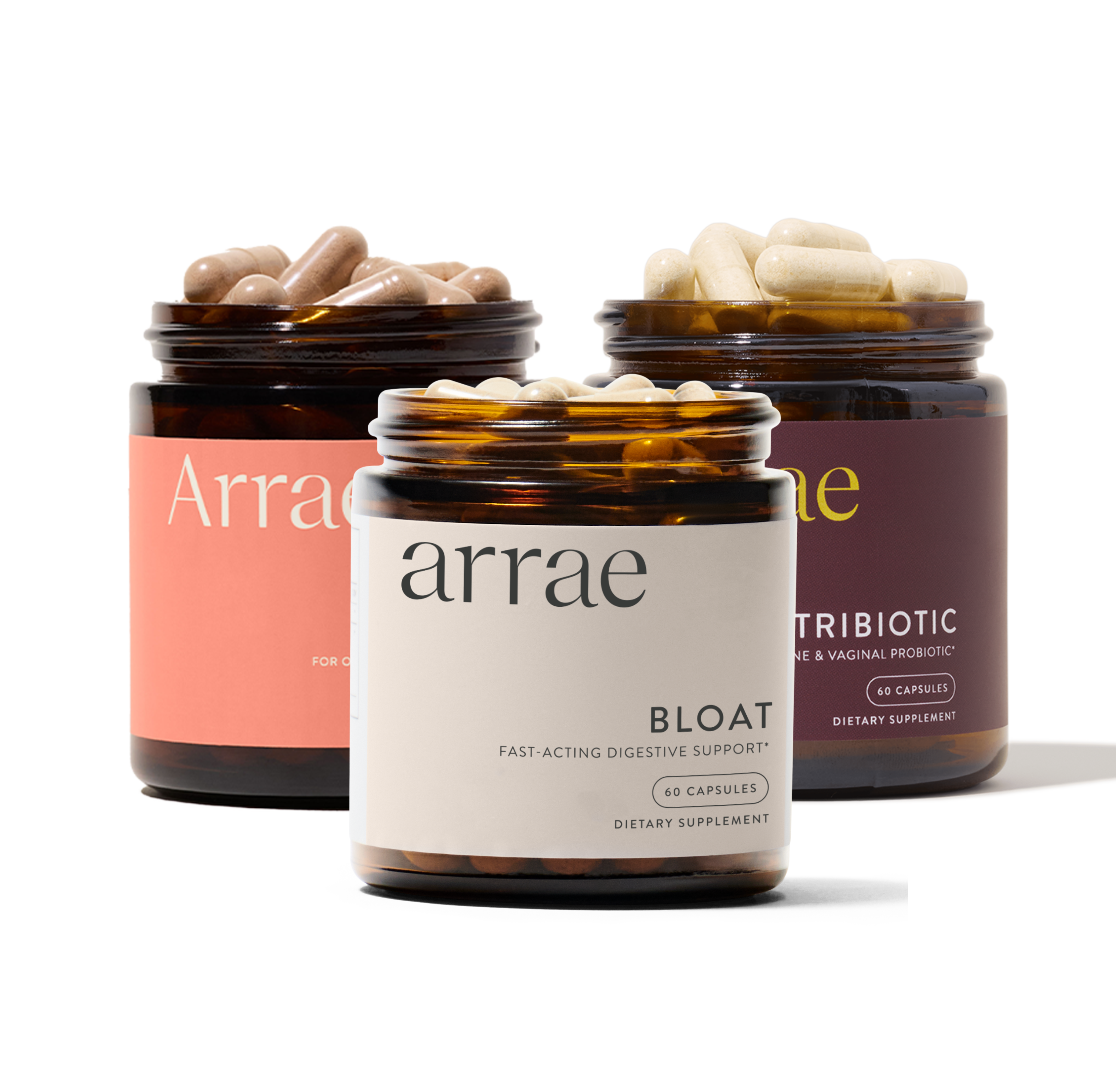Exercise has a direct impact on our hormone health. The intensity, duration and type of exercise alters physiology in different ways. While a regular exercise routine is supportive for hormone health, overdoing it can become problematic as too much exercise interrupts the processes of hormone development in the body. The available research supports a combination of cardiovascular and strength training workouts to optimize the positive effects exercise exerts on hormones including cortisol, insulin, estrogen, progesterone, testosterone, serotonin, epinephrine and norepinephrine.
Exercise can cause cortisol levels to increase or decrease depending on the intensity, duration and type of exercise being performed. Cortisol is a stress hormone. Exercise is a physical stress on the body and your adrenal glands release more cortisol to keep up with the body’s increased metabolic demand during exertion. Most of the time, cortisol levels return to baseline after exercise but cortisol levels can remain elevated if intense exercise is performed in the evening or if the individual is already under an increased amount of stress in other areas of their life. Negative health effects such as interrupted sleep, chronic fatigue and undesired weight gain can occur if cortisol levels remain elevated for too long. It is generally best to perform high intensity exercise in the mornings to allow cortisol levels to return back to baseline by the evening hours. Mild to moderate exercise at 40-60% of maximum effort may be a better exercise choice during times of increased life stress as it does not cause the same short-term cortisol spike that occurs with “maximum effort” type exercise.
Insulin is a hormone closely involved with blood sugar regulation. You can think of insulin as the key that unlocks the doors of cells and allows glucose (sugar) to enter the cell. If you become desensitized to insulin the key does not unlock the door efficiently and blood sugar levels become disrupted. Aerobic or resistance-type exercise improves insulin sensitivity and muscle cells are better able to use insulin to take up glucose in the blood during activity. Muscle contraction during activity also uses up more glucose which decreases the total amount of blood sugar in the body.
Estrogen plays a large role in female sexual and reproductive health. Not only does it regulate the menstrual cycle (alongside progesterone) estrogen also plays a role in cognitive health, cardiovascular health and helps to maintain bone density. The ovaries, adrenal glands, and fat tissues produce estrogen. Both female and male bodies have this hormone, but females create more of it. Participating in aerobic exercise at least 30 minutes daily supports healthy estrogen levels.
Progesterone is involved in the regulation of menstruation and maintaining the early stages of pregnancy. Excessive exercise negatively affects progesterone. Too much high-intensity exercise or strenuous exercise has been shown to lower progesterone levels in women resulting in decreased fertility and altered menstruation. “Over doing it” with exercise can be counterproductive in regards to progesterone levels.
Testosterone is extremely important for both male and female health. Not only is it involved in a healthy sex drive, it helps to build muscle, maintain bone density, improve energy levels and mood. A combination of cardiovascular exercise and resistance training has been shown to be most effective at supporting healthy testosterone levels.
Regular exercise has a positive impact on serotonin, one of our “happy” hormones. Exercise, especially aerobic-type activities, increases serotonin levels. This increase in serotonin improves mood and supports and overall sense of well-being. Serotonin is also involved in digestion and the sleep-wake cycle. Engaging in a regular exercise routine also helps regulate the release of epinephrine, commonly referred to as “adrenaline”, and norepinephrine.
Epinephrine and norepinephrine are hormones classified as catecholamines and are involved in the “fight or flight response”. Epinephrine increases heart rate, increases blood sugar to help fuel muscles during exercise, promotes the breakdown of glycogen for energy and supports fat metabolism. Norepinephrine performs a number of the same functions as epinephrine, while also constricting blood vessels in parts of the body not involved in exercise. Regular exercise can help to support a balanced secretion of these hormones and in-turn a more balanced stress response.
Exercise has numerous effects on hormone balance in both the male and female body. The available research supports a combination of aerobic type exercise and strength training for optimal hormone health. It is important to remember that engaging in too much exercise can be detrimental to hormone health and it is vital that one makes sure to fuel their body appropriately for the given activities they are engaging in.
References:
- Shele, Grei, Genkil, Jessica and Speelman, Diana. A Systematic Review on the Effects of Exercise on Hormones in Women with Polycystic Ovary Syndrome. Journal of Functional Morphology and Kineisology. 2020, 5, 35; doi: 10.3990/jfmk5020035
- Ennour-Idrissi K, Maunsell E, Diorio C. Effect of physical activity on sex hormones in women: a systematic review and meta-analysis of randomized controlled trials. Breast Cancer Res. 2015;17(1):139. Published 2015 Nov 5. doi:10.1186/s13058-015-0647-3
- Copeland et Al. Hormonal Responses to Endurance and Resistance Exercise in Females Aged 19-69 Years. Jounral of Gerontology: BIOLOGICAL SCIENCES. 2002, 57(4). B158-B165.






















 Instagram
Instagram TikTok
TikTok Youtube
Youtube Facebook
Facebook Email
Email